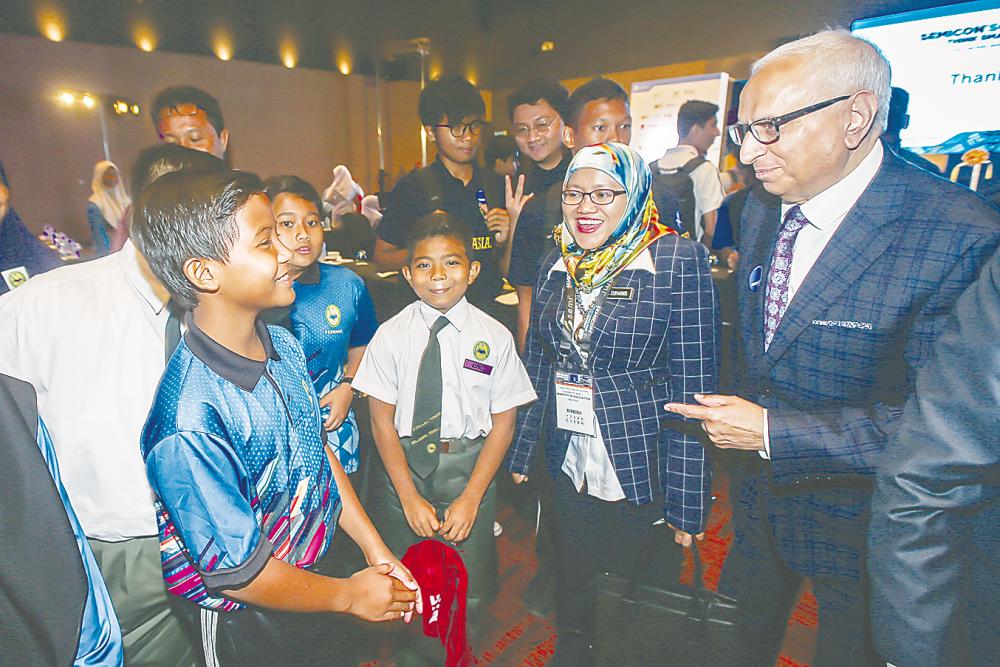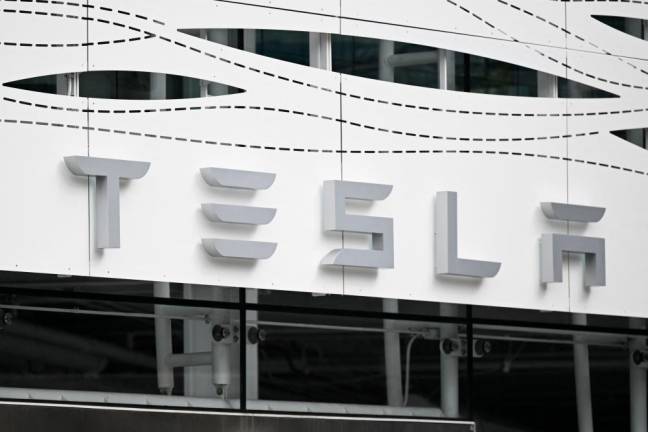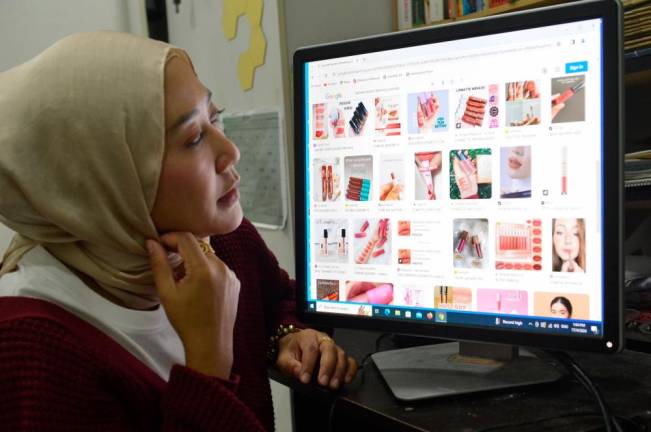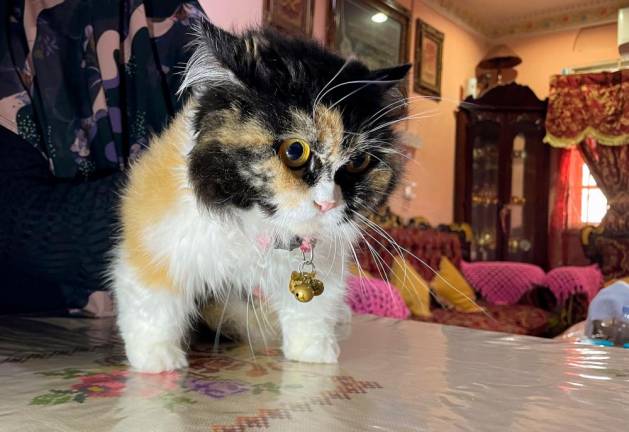IT is well acknowledged that Science, Technology, Engineering and Mathematics (STEM) education is relevant and beneficial to all, regardless of gender, socio-economic status or even ability.
Nevertheless, there lies a massive challenge that countries around the world face - fewer children are interested in STEM.
Closer to home, there has been a steady drop in student enrolment in Science streams. The number of Form 5 students studying Science subjects has dipped to an average of 6,000 students per year since 2012. In 2018, enrolment stood at only 167,962 out of 375,794 (44.7%).
To tackle this issue, two organisations have come together to launch SEMI High-Tech U (HTU). SEMI Southeast Asia, the global not-for-profit association advancing the global electronics manufacturing supply chain, and the Malaysian Investment Development Authority’s (MIDA) Industry Talent Management & Expatriate Division, launched the programme in May during the annual three-day SEMICON Southeast Asia 2019 event, which gathers those in the global electronics manufacturing supply chain industry.
The launch of the programme was witnessed by the Education Ministry’s director of the Education Academic Development Management Division, Prof Madya Dr Wan Zuhainis Saad. It is specifically catered to secondary school students. It uses interactive and creative pedagogic methods that encourage exploring the wonders of STEM, underpinning the semiconductor technology.
“The HTU programme is our longest running STEM-immersion programme in the United States, going on 18 years. We are pleased to extend it to Malaysia and look forward to engaging with secondary school students here. The programme promotes interdisciplinary and important education principles including inquiry, play, imagination, innovation, critical thinking, problem solving and passion-based learning,” said SEMI president and CEO Ajit Manocha.
According to the CEO, the overarching goal of the programme is to address the talent shortage in the industry.
“We intend to resolve it by changing perceptions about the industry, generate more excitement about career opportunities within the sector, and reach out to talent that the industry has not tapped yet,” Ajit added.
“The Education Ministry on the other hand, has plans to cultivate interest in STEM subjects among students and equip teachers with the right skills. “The challenge is to change how they (the teachers) think and their mindset for them not to teach, but to learn, unlearn and relearn. Teachers have to do that in order to teach the next generation of students. We’re still with the old school way of thinking. Just like John Dewey said: ‘If we teach our students the way we taught yesterday, we rob them of tomorrow’,” said Prof. Madya.
The HTU programme at SEMICON Southeast Asia 2019 saw 80 students from four schools in Kuala Lumpur putting their STEM skills to use via interactive, hands-on sessions led by industry volunteers. There and then, the students completed two modules, on microchips and human calculators, which allowed them to explore, discover and create solutions.
A SEMICON University programme was also conducted on Day 2; aimed to generate interest among engineering graduates in pursuing careers in the microelectronics industry. The programme was attended by some 200 students from 10 local institutions of higher learning.
Students who attended the three-day event will be part of SEMI’s database. “We will stay in contact with them and bring them to SEMICON events such as this where they can come and meet industry leaders,” said Ajit.
At last year’s event, industry leaders and students were said to have exchanged business cards with resumes and some even received job offers on the spot.













